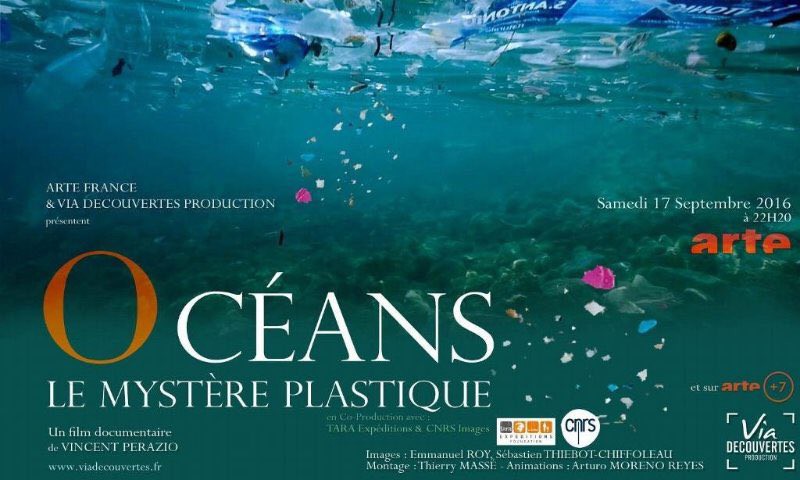Océans, le Mystère plastique
Oceans, the mistery of the missing plastic
Only 1% of the plastic floating in the oceans washes up on beaches or is trapped in Arctic ice. Of the remaining 99%, estimated at hundreds of thousands of tons, we still know too little. A sort of black hole that reveals an ecological tragedy. Most plastic never deteriorates but simply breaks down into smaller and smaller toxic particles invisible to the human eye, creating a new ecosystem: the plastisphere. There is an urgent need to investigate the phenomenon and its consequences: where do the particles go? Ingested by organisms or buried under the ocean floor? And what is their potential impact on the food chain?

|
Director: |
|
|
Productor: |
ARTE FRANCE, VIA DECOUVERTES PRODUCTION |
|
Country: |
France |
